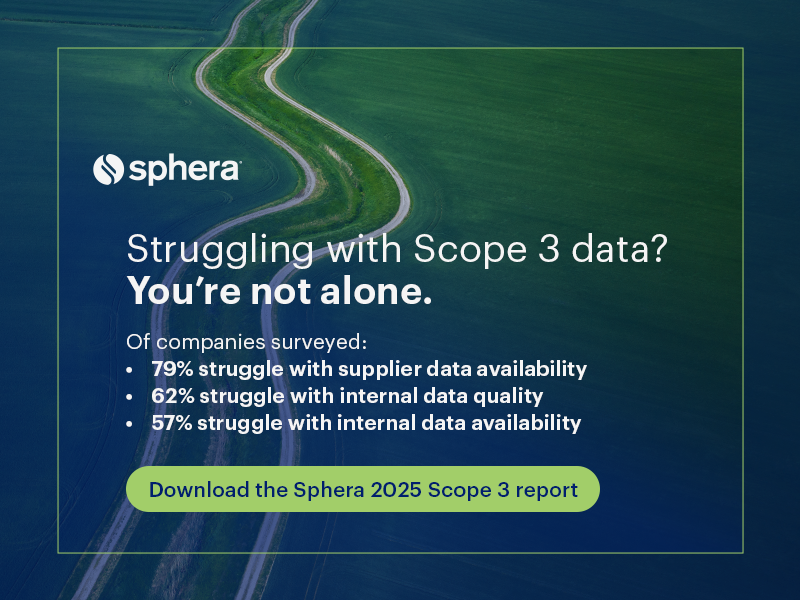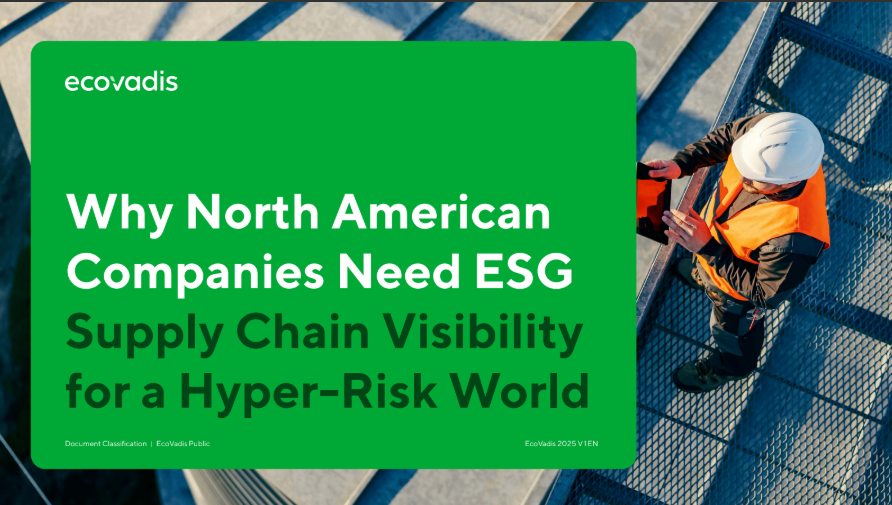Ecolabeling
The Big Picture
Ecolabeling gives credibility to claims that products are better for the environment, cheaper to maintain, and cleaner to recycle than otherwise similar products or services. Firms that are willing to change manufacturing processes, use recycled content, or otherwise transform a product can benefit from this marketing scheme.
The Context
Environmental standards allow for an assessment of a product’s impact on such factors as air pollution, wildlife habitat, energy, natural resources, ozone depletion and global warming, and toxic contamination. A company can apply an ecolabel to inform consumers that its product or service meets specific environmental standards.
Independent third parties, such as Green Seal and Energy Star, provide non-biased verification of environmental labels and are therefore the most reliable. First-party ecolabels are self-awarded and aren’t independently verified. In the U.S., these sorts of labels are governed by the Federal Trade Commission’s guide for the use of environmental marketing claims and must be accurate. The FTC has brought action against several manufacturers for violating truth-in-advertising laws.
Type III Environmental Product Declarations, pioneered by Swedish government and industry and based on ISO TR 14025, are a more comprehensive form of ecolabeling. These declarations, furnished by the producer, are written statements of all the environmental properties of a product. For example, the declaration might include a list of environmentally relevant substances, an account of all stages of the production process, and information on the behavior of the product in various end-of-life disposition schemes. Product-specific standards detail how to measure and write Environmental Product Declarations, allowing consumers to fairly compare environmental performance of similar products.
Getting Down To Business
- Whirlpool recently won Energy Star award for its commitment to energy-efficient appliances. In 1999, Whirlpool designed a dishwasher specifically to qualify for the Energy Star program, with the EnergyStar ecolabel prominently displayed.
- More than 400 Panasonic product models bear the Energy Star label. Nearly 99% of Panasonic’s video products are compliant with Energy Star, compared to an industry average of approximately 59%.
- In 1998, after international customers withdrew or suspended orders amid concern about harvesting practices in British Columbia, Western Forest Products sought out Forest Stewardship Council certification for its products. WFP’s chief forester said he expected the U.S. market to follow suit. A trade publication speculated this might be the first example of a North American forest products company seeking certification because its customers demanded it.
Key Players
- Ecolabeling organizations independently certify that a product or service meets environmental standards.
- The Federal Trade Commission and International Organization for Standardization govern use of environmental marketing claims and set standards for the use of language on products.
The Upside
Ecolabeled products fill a market niche by targeting customers who choose environmentally preferable products. Third-party verification gives credibility to claims that a product meets environmental standards. Some customers — both consumers and institutional buyers — may select products with ecolabels even when they are slightly more expensive.
Reality Check
- Most consumers aren’t familiar with the various ecolabels and what they signify. More marketing of ecolabel schemes is needed.
- Some businesses may label products as environmentally friendly when they are not.
- A voluntary labeling scheme may not be enough to encourage environmental responsibility. Some suggest this requires legislation.
- Ecolabels are a challenging prospect for complex categories such as energy; there may be a lack of consensus on guidelines and standards.
Action Plan
Whether a product is certified in-house or independently, it needs to be tested against environmental standards. Many ecolabeling programs have clear standards. The FTC and ISO can provide additional guidance on general labeling standards. Other action steps:
- Submit the product for testing and then review the standard for its product category.
- Apply for certification and pay the fee.
- Work with staff on the design of the certified product’s packaging to include the ecolabel and the accompanying text that spells out the environmental preferability of your product.
Leads
- Environmental Management Market contains resources for learning more about and using the Environmental Product Declaration.
- Global Ecolabeling Network is an association of international ecolabeling organizations. TerraChoice Environmental Services Inc., 2781 Lancaster Rd., Ste. 400, Ottawa, ON, Canada K1B 1A7. Phone: 613-247-1900. Fax: 613-247-2228. gensecretariat@terrachoice.ca
- Green Seal, the independent certifying ecolabel organization in the U.S., sets standards and awards the Green Seal label to qualifying products. 1001 Connecticut Ave. NW, Ste. 827, Washington, DC 20036. Phone: 202-872-6400. Fax: 202-872-4324.
- International Organization for Standardization establishes guidelines for both first-party and third-party environmental labeling. 1 rue de Varembé Case, postale 56, Genève 20, Switzerland CH-1211. Phone: 4122-7490-111. Fax: 4122-7333-430. central@iso.ch
- Energy Star offers labeling for appliances, electronics, and other energy-efficient products, through a partnership between the U.S. EPA and the U.S. DOE.
- U.S. Federal Trade Commission established guides for the use of environmental marketing claims.
The Bottom Line
Because it guides consumers to choose products and services with better environmental performance, ecolabeling is intended to reward environmental leadership. Businesses can set themselves and their products apart with careful attention to green design; ecolabeling is the marketing device that turns such an investment into profit.









